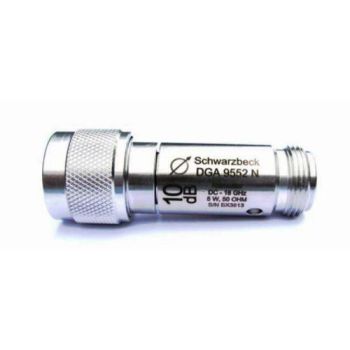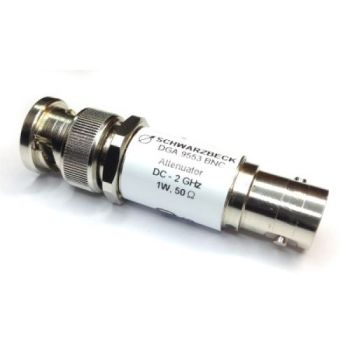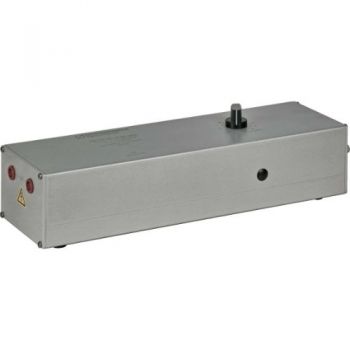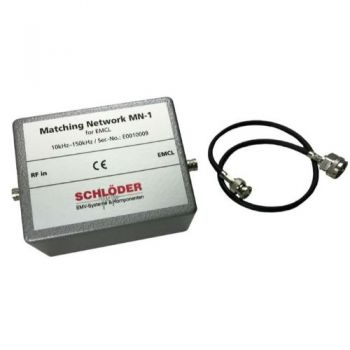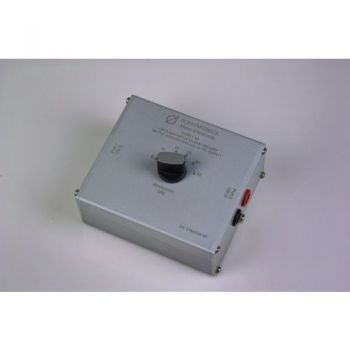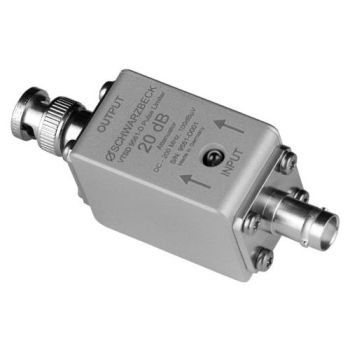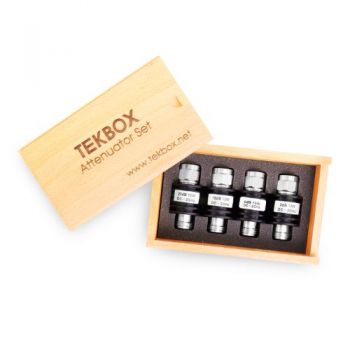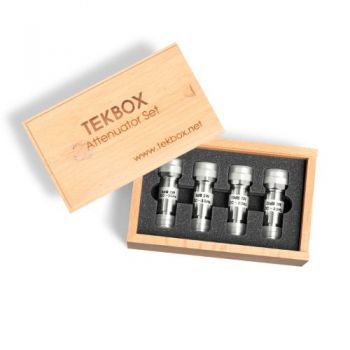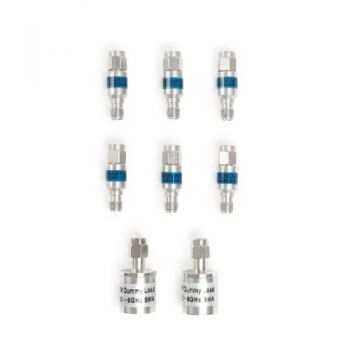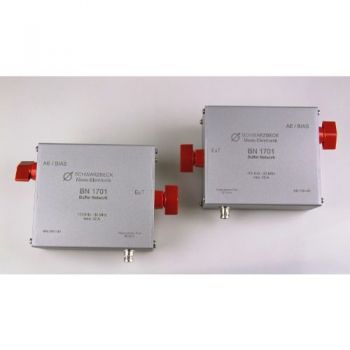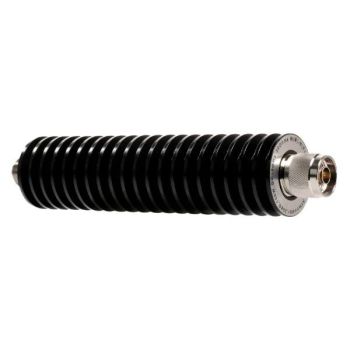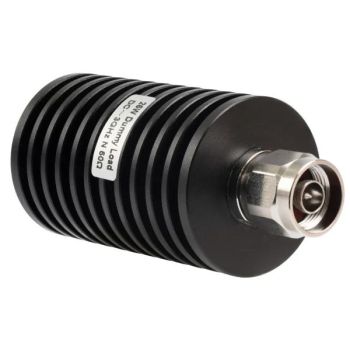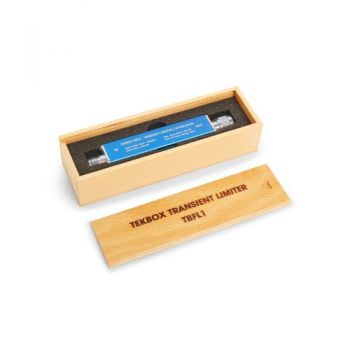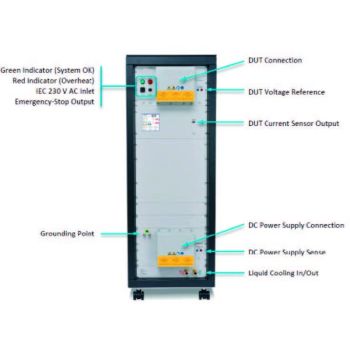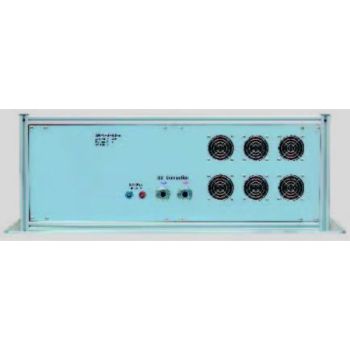
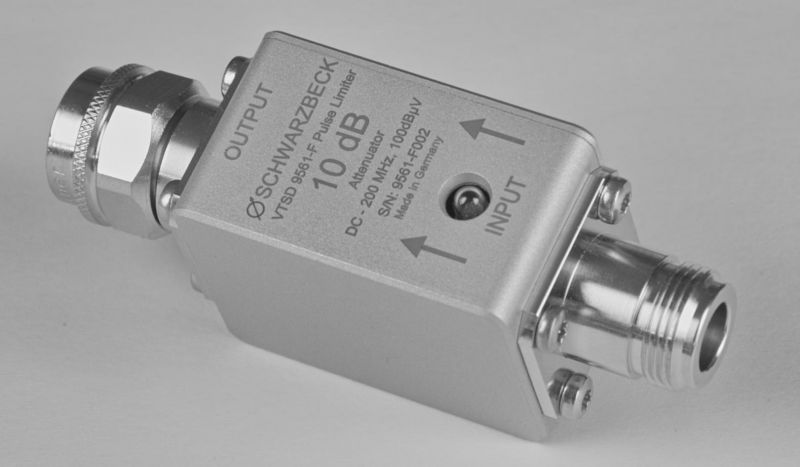
VTSD 9561 F, 10dB, Diode Pulse Limiter
Diode Pulse Limiter with built-in 10 dB high power attenuator and fuse lamp to protect sensitive measuring equipment when measuring spectra with high energy. Thanks to the built-in fuse lamp, serious overload situations of sensitive equipment can be recognized fast and reliably. A replacement bulb is placed inside the unit. The pulse limiter prevents expensive equipment defects. The very flat frequency response allows high measurement accuracy, even if only a few sample values are used for correction.
PARTNER:
MARKETS:
TEST STANDARDS:
VTSD 9561 F, 10dB, Diode Pulse LimiterDiode Pulse Limiter with built-in 10 dB high power attenuator and fuse lamp to protect sensitive measuring equipment when measuring spectra with high energy. Thanks to the built-in fuse lamp, serious overload situations of sensitive equipment can be recognized fast and reliably. A replacement bulb is placed inside the unit. The pulse limiter prevents expensive equipment defects. The very flat frequency response allows high measurement accuracy, even if only a few sample values are used for correction. Application: VTSD 9561 F should protect the receiver input from excessive disturbance levels of more than 100 dBµV whilst smaller levels can pass with a fixed attenuation of 10 dB to the receiver input. The input side of the VTSD 9561 F has to be connected with the disturbance source e.g. the LISN, the output side has to be connected with the meter which needs to be protected. If there are very high levels, they will be cut in the time domain. The excessive energy is converted into light in the little bulb.
Cutting the signal in the time domain means - after a Fourier transformation - that additional spectral lines emerge in the frequency domain (intermodulation). In such a case the receiver input was successfully protected, however the measurement has to be rejected as invalid. Means to improve the disturbance characteristics could fail as some of the spectral lines might not come from the DuT but from the limitation process. It is even possible and has been observed in practical measurements that a DuT produces high level disturbances in the frequency range below the relevant range. The emerging phantom spectral lines however occur in the frequency range that has to be compliant with a standard and these lines exceed the limit. Since the violation of the limit has not been caused by the DuT but by the limitation process itself it still could be that the device is compliant to the standard. A typical examp,le for this group of devices is an electric fencing kit. Such devices have to be measured again without the presence of a non linear pulse limiter. To protect the receiver input high value attenuators can be used. Attenuators are linear and do not produce any phantom spectral lines. Except for the spectrum which disappears in the noise floor the shape and frequency of the spectral lines should be identical. Under these circumstances it is possible to judge if a limit violation comes from the DuT or from the limitation process. Suitable attenuators are the DGA 9553 BNC series or the DGA 9552 N series. If very aggressive DuTs are a frequent task it is recommended to use an EMI receiver which is overload resistant, i.e. the FCKL 1528. It has been specially designed for the measurement of conducted voltage emissions. The use of a pulse limiter together with the FCKL 1528 is usually not required. Advantages: Compared to other pulse limiters the VTSD 9561 F has the following advantages:
|


